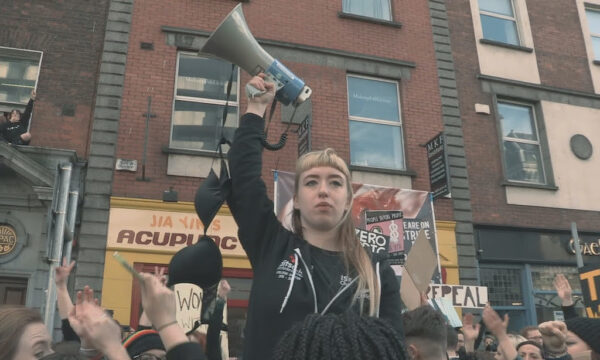Ian Brady says he was “method acting” to avoid jail

Speaking in public for the first time since his murder trial in 1966, infamous serial killer Ian Brady denied that he was mentally ill and claimed that he had been “method acting” at the time he was diagnosed with his mental illness.
Brady, responsible for torturing and killing five youths aged between 10 and 17 with his accomplice Myra Hindley, claims to have carried out the pretence of insanity “over a period of approximately eighteen months” in order to get transferred from a high security prison to Ashworth Psychiatric Hospital.
He addressed a mental health tribunal with the intention of being moved back to the high security prison, speaking critically of Ashworth and saying that he “can’t stand robotic, feeble psychiatrists”.
He denied suffering from paranoia and hallucinations, stating that the authority figures in the prison “give you drugs and turn you into a zombie”. When speaking about talking to himself, he simply replied: “who doesn’t?”
Speaking more about his paranoia, he alleged: “That’s not paranoid. That’s sensible precautions. I’m not protecting myself against other inmates, I’m protecting myself against the staff.” He added that “in a captive environment, paranoia is unavoidable. Only the prison authorities call it paranoia, prisoners call it sensible precautions”.
Asked why he wanted to leave Ashworth, Brady stated that “the regime has changed to a penal warehouse” saying that he hated it for this reason and argued that there was a conspiracy to “prove” he was mentally ill. He added: “Manufactured psychosis is the linchpin for keeping me…. in a mental hospital.”
Brady, who currently has a feeding tube in his right nostril, refused to confirm or deny whether he intended to kill himself if he was returned to prison but has previously expressed his wish to starve himself to death in prison where he cannot be force fed.
Authorities maintain that Brady should remain where he is at Ashworth because he is mentally ill and a paranoid schizophrenic requiring round-the-clock care. His own legal team continue to argue that while he has severe narcissistic personality disorder, and could be treated in a prison rather than a mental hospital.
Molly Kersey


















Facebook
Twitter
Instagram
YouTube
RSS